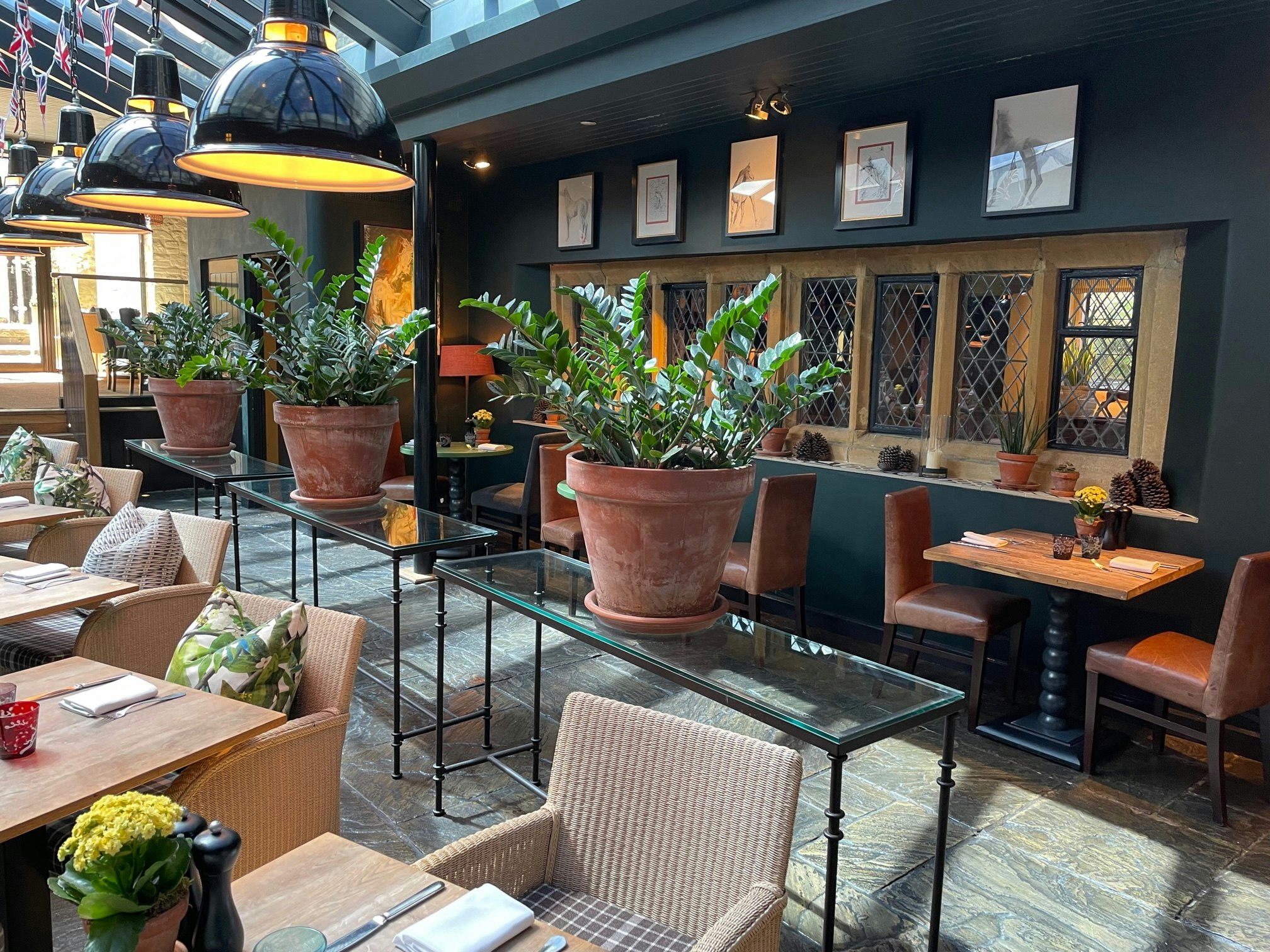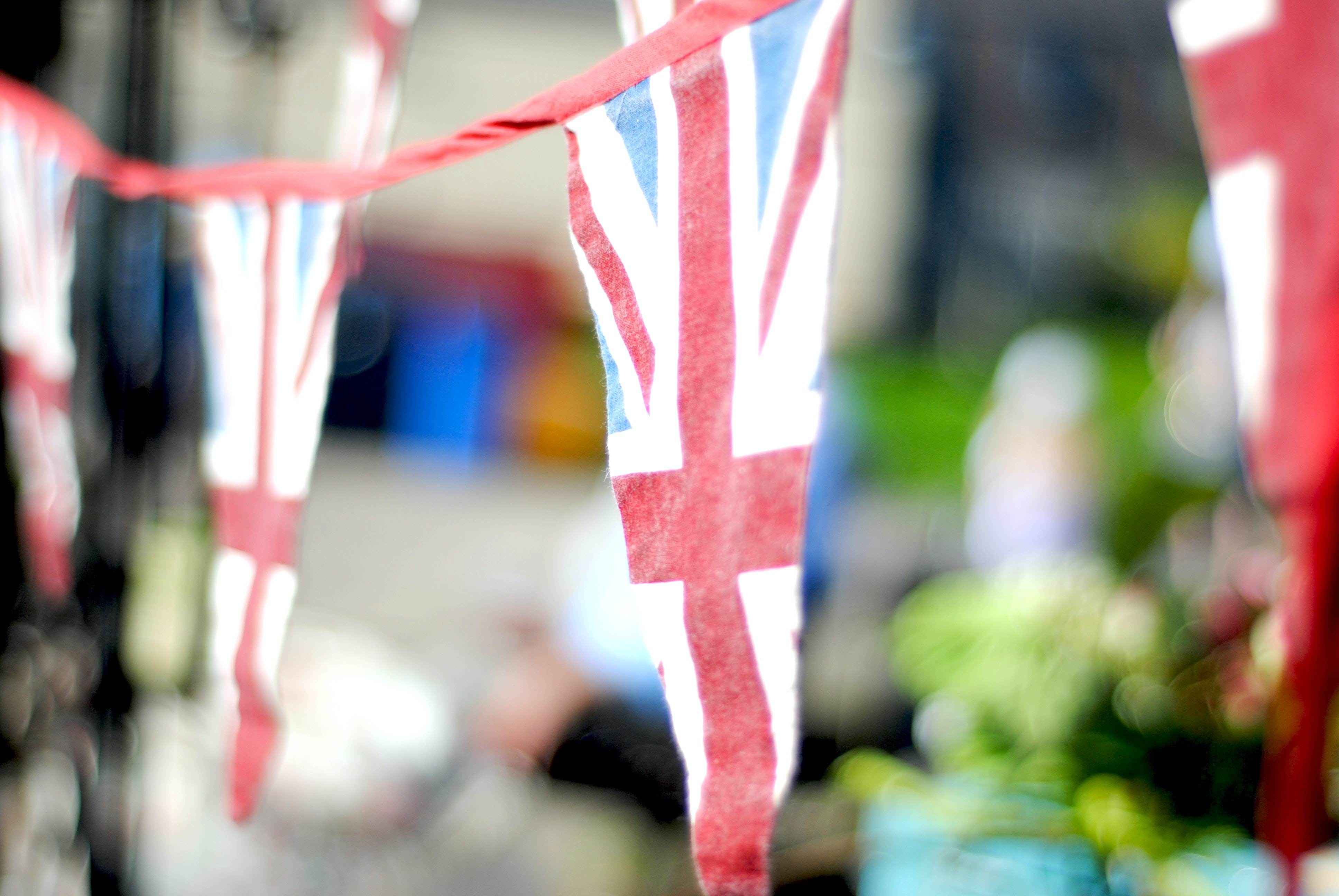Horse Racing and Broadway
Around this time of year, locals, visitors and the hospitality industry begin to think ahead about the return of racing to Cheltenham Racecourse. This year’s big date is Friday 25th of October when the 2024/25 season begins, with the two day ‘Showcase’ event’.
In all, there are 8 race meetings through the season, with 16 days of racing to look forward too.
Jump racing, also known as National Hunt racing, is a thrilling and historic sport deeply rooted in British culture. It involves horses galloping over obstacles such as hurdles, fences, and ditches. The sport is particularly popular in the United Kingdom and Ireland, and Cheltenham is one of the most famous venues of all.
Broadway’s connection to jump racing is evident in the number of local trainers, breeders, and owners who are involved in the sport. The village is surrounded by stables and horse training yards, contributing to its reputation as a centre for equestrian activities. The love of horses is clear as soon as you walk into The Broadway Hotel, expressed in the works of art and pictures dotted around the building.
During race meetings there’s excitement throughout the village, with our very own Jockey Bar being a focus for the celebration of big wins or plans for the next day at the course.
This blog takes a look at the past and present of Cheltenham and Broadway, and includes details of the 2024/25 season. We only offer one tip though - book both your accommodation and tickets early!
Jump Racing
Jump racing dates back to the 18th century, originating from the hunting traditions of rural England. The sport evolved as huntsmen would race their horses over natural obstacles in the countryside, which gradually led to organised competitions. The first official steeplechase race (as jump racing was originally known), is believed to have taken place in 1752, where riders raced between church steeples—hence the name.
As the sport developed, formal racecourses were established, and the rules became standardised. By the 19th century, jump racing had become a significant part of British sporting life.
The Jump Racing Format
Jump racing is categorized into two main types: hurdles and steeplechases. Hurdle races involve horses jumping over smaller, more uniform obstacles, usually a minimum of eight per race. These races are often shorter and faster, making them ideal for younger horses or those new to the sport.
Steeplechase races, on the other hand, involve larger, more varied obstacles, including fences, ditches, and water jumps. These races are longer and more demanding, testing not only the speed but also the stamina and jumping ability of the horses.
Cheltenham: The Home of Jump Racing
Cheltenham, just 30 minutes’ drive from Broadway, is often considered to be the centre of jump racing. The Grand National at Aintree may well be the most famous single race, but Cheltenham’s Gold Cup race is a true rival for the title. The Festival in March (‘Gold Cup Week’) boasts 14 Grade I races and is accepted as the flagship meet of the jump racing season.
Winning at Cheltenham is considered a major achievement, and many of the sport’s greatest legends have made their name at the festival.
The atmosphere during the festival is electric, with the famous “Cheltenham roar” greeting the start of the first race each day.
Cheltenham Racecourse
Cheltenham Racecourse is located in the beautiful surroundings of Prestbury Park, just to the north of the town centre on the Broadway side of town.
The course is set against the backdrop of the Cotswold Hills, providing a stunning setting for the races. Racing first took place on nearby Nottingham Hill in 1815, before moving to its Prestbury Park in 1831.
The racecourse itself has a challenging layout, which includes a demanding hill for horses and jockeys on the long final straight. This hill has become legendary among racing enthusiasts, often playing a major role in the outcome of races as horses gallop for the finishing line.
The Cheltenham Festival
The Cheltenham Festival is the highlight of the National Hunt racing season, attracting the best horses, jockeys, and trainers from the UK, Ireland, and beyond. The festival is held over four days, with each day featuring a series of high-stake races, including several Grade 1 events. The festival culminates in the Cheltenham Gold Cup, one of the most prestigious races in the world of jump racing.
The Cheltenham Festival is not just about the racing; it is also a major social event. Thousands of spectator’s flock to the racecourse each day, creating a vibrant atmosphere. The festival is known for its strong connection to Irish racing fans, many of whom make the pilgrimage to Cheltenham each year, adding to the event’s unique character.
We’re sometimes asked why the Irish love Cheltenham so much. The March date (around St Patrick’s Day) certainly helps. The love affair between Cheltenham and Ireland may well have begun with the Irish Gold Cup victory in 1948, by a horse called Cottage Rake. Since then, the legend has grown, with most of the greatest Irish jockeys, trainers and horses winning at Cheltenham. The names are the greats of racing: Ruby Walsh, Jonjo O’Neill, Vincent O’Brien and horses such as Dawn Run, Arkle and Istabraq have earned their places in Festival folklore.
Incidentally, all the rooms at The Broadway Hotel are named after Festival winners!
Cheltenham Racing 2024/25
While the Cheltenham Festival is the main event, Cheltenham Racecourse hosts many other important meetings throughout the jump racing season. Here are dates for 2024 / 2025 season.
2024
October 25-26 The Showcase
November 15-17 November Meeting
December 13-14 The Christmas Meeting
2025
January 1 New Year’s Day Racing
Janury 25 Festival Trials Day
March 11-14 Cheltenham Festival
April 16-17 The April Meeting
May 2 Race Nights


